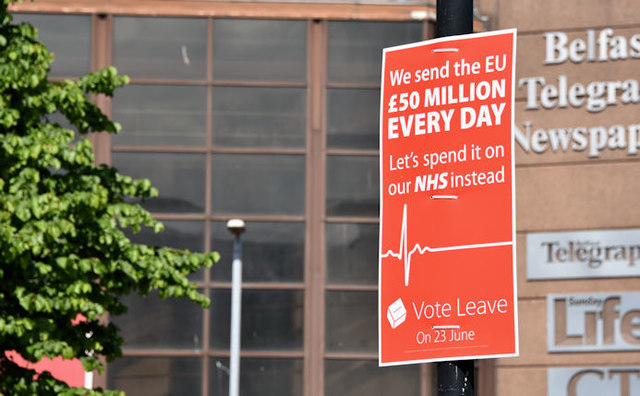The numbers behind this morning's economics headline are so confusing, they've got journos hitting out at each other for writing their pieces on it "as if they had no calculator available". Ouch.
What it means: Okay, let's give it our best shot.
In a deja-vu throwback to the times when every newspaper's front page revolved around debating a highly controversial economics slogan on a bus, Theresa May is saying she'll put £394 million a week into the NHS from 2018-2023, a total of £20bn a year over five years... over half of which will come from money we're no longer sending to the EU, or a 'Brexit dividend'.
What does that number actually mean? Well, it's equivalent to a 3.4% budget increase per year – more than what the Conservatives have put in so far, but less than the average since the service was founded (3.7%), and less than what economists say it would need to move from not-sinking to actually-improving (4%).
But people aren't too sure about the calculations here. We send £19bn a year to the EU. But the EU spends on us too: notably on subsidies to UK farmers. We'll have to fund those ourselves. Plus, because of all the uncertainty and investment possibly leaving the UK, we're not going to be making as much money in the years immediately after Brexit as we were before – which will cost us approximately £8bn in tax revenue per year, estimates show. (Even a group called 'Economists For Brexit' agrees there'll be a 'hit' to finances).
That leaves us a grand total of £0 to add to the NHS... which leaves a big Brexit-dividend-shaped hole in this plan.

